Bringing the bull back to life
RSS FeedIn response to the museum's acquisition of a rare Roman marble statuette in the form of a bull (you can read all about it in our previous blog post here), we embarked on an exciting and innovative project to reconstruct how it may originally have looked.
Working in partnership with Optima Graphic design, the University of Lincoln's Technology Hub and artist Bradley Oliver-White, we have based the reconstruction on the belief that the bull was in the pose known as 'taurus cornupeta' – in the act of charging forward with head lowered, one front leg pawing at the ground.
The first stage in the reconstruction was to take a detailed colour 3D scan of the surviving torso. You can click here to see and manipulate the 3D scan.
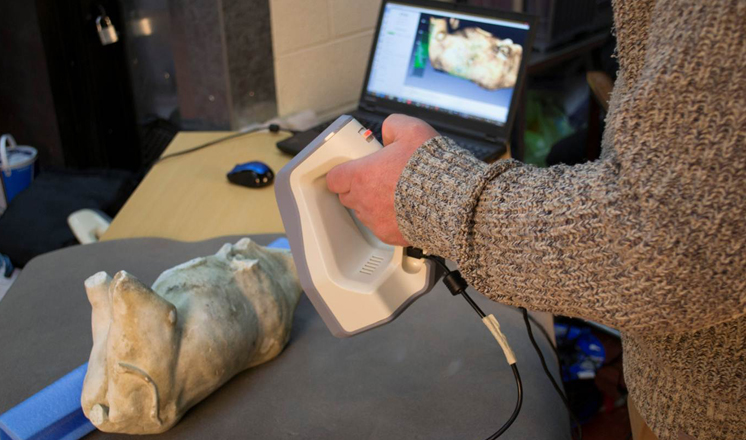
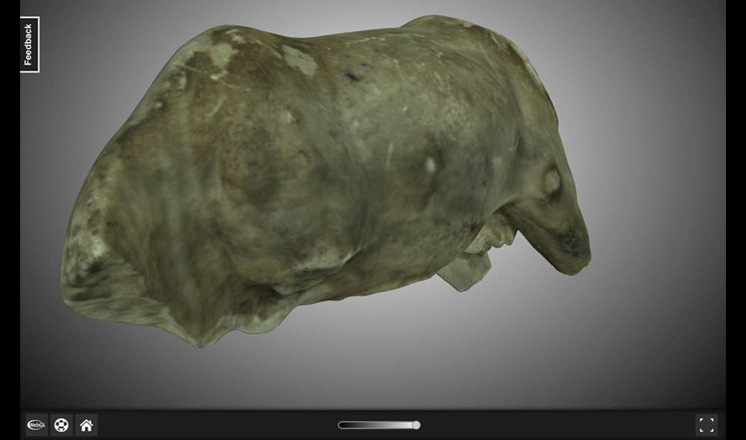
This was then 3D printed to produce an exact replica of the original. Bradley Oliver-White took this copy and used it to remodel the missing elements in modelling clay, using images of ancient bull images provided by the museum, and following production of initial sketches by Bradley.
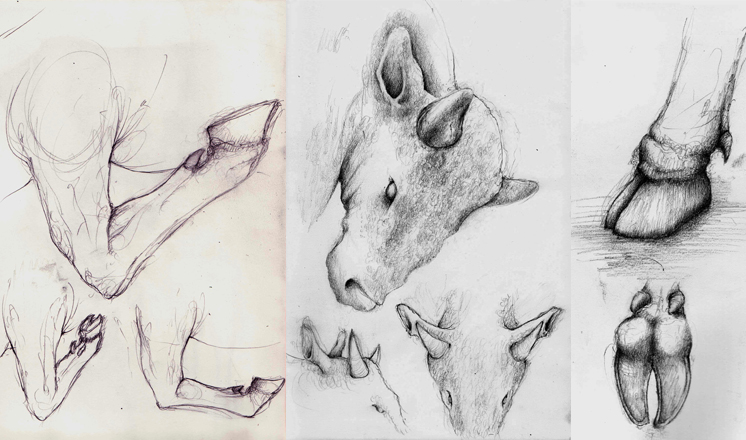
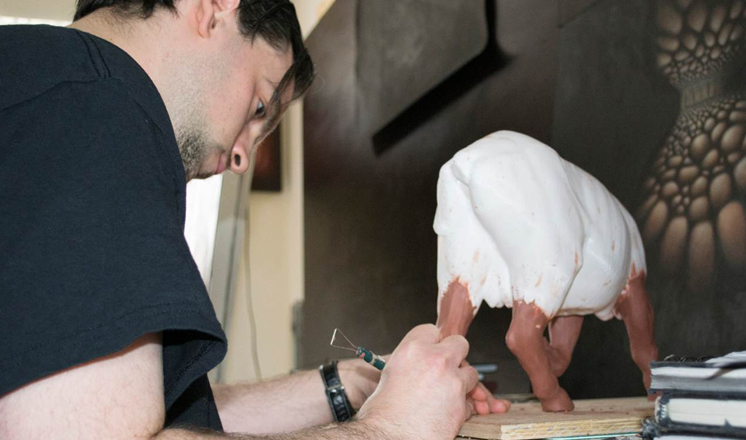
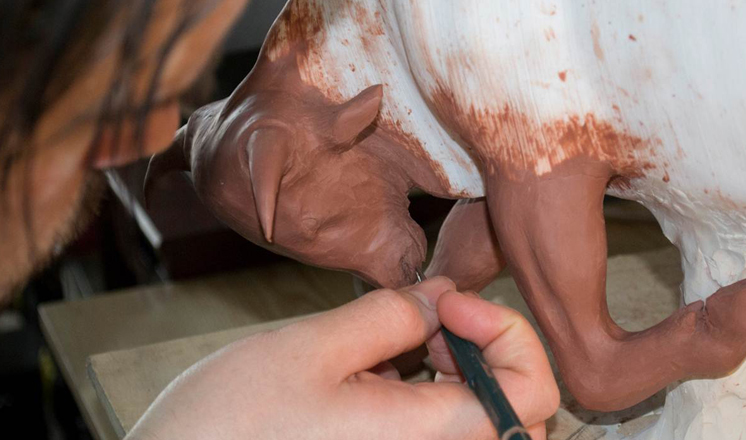
The reconstructed bull was then 3D scanned and 3D printed to produce the final reconstruction. The base for the reconstruction was created and scanned separately as the shape was too complicated to be scanned as one object. The support column underneath the bull, surviving as a circular scar in the marble, was interpreted as a tree trunk – a common motif on such supporting columns on ancient sculpture.
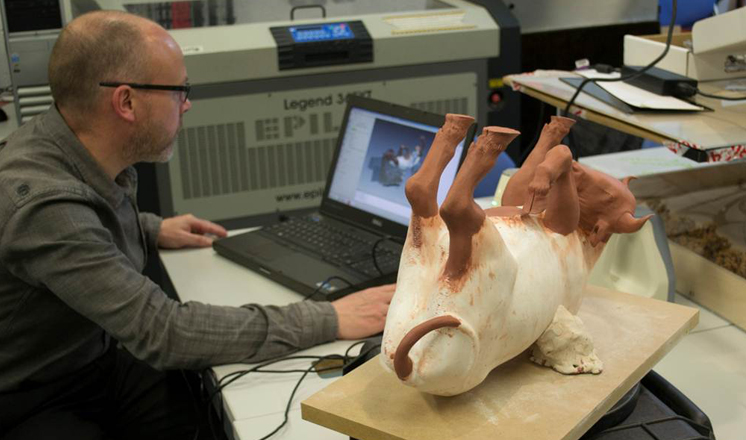
The final reconstruction will be displayed alongside the original in the museum's archaeological gallery to help visitors understand how this rare survival may originally have looked when it adorned a column in a wealthy Roman's garden or atrium.
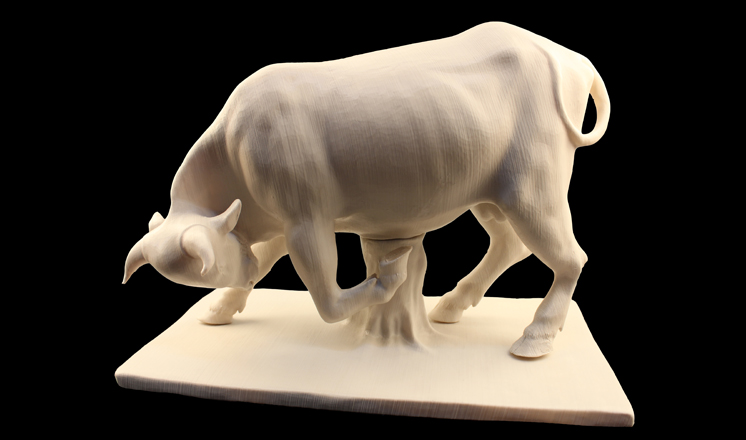
Comments
As an artist and art commissioner who also has a background in agriculture and a lot of knowledge of cattle, I feel that the elements you have added to the original statuette are highly speculative. I am not convinced that your interpretation of the pose is correct. There appears to be less muscular tension in the original than would be required by your interpretation. The left front leg looks incorrect for the weight distribution and the distance between the joints on that leg and the two rear legs does not look right. The original is full of potential for how it would have appeared but the reconstruction makes it look like tacky tourist giftware. Either just don’t do it folks or offer it to a range of artists to interpret so the public realise that there is not just one correct answer !
Geoff WoodThis is a superb reconstruction and I believe it brings the bull to a lifelike pose. I CANNOT believe the above comments are correct, as I feel he has been too subjective in his analysis and as such become biased in his opinion of what is a wonderful piece of work !
daryl oliver






